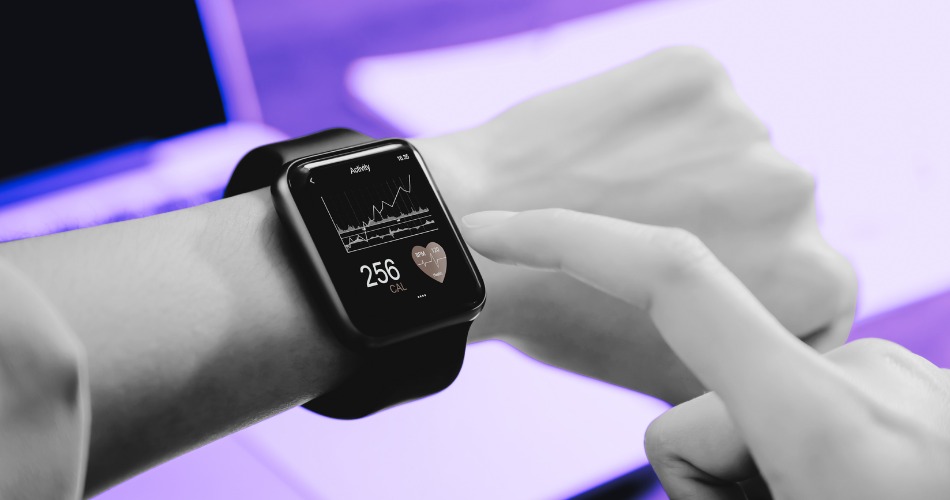
In 2025, the line between fitness gadgets and medical devices has never been thinner. Smartwatches now track blood oxygen levels and perform ECGs. Rings and patches measure stress, sleep, and glucose in real time. And a new academic analysis published by Cornell University warns that these consumer devices are entering medical territory faster than regulation can catch up.
The report, Bridging the Regulatory Divide: Ensuring Safety and Equity in Wearable Health Technologies, calls attention to a growing gray zone: wearables that behave like diagnostic tools but are sold as “wellness” products to avoid stricter oversight. The problem isn’t just semantics. When health data shapes real decisions, the stakes shift from convenience to clinical consequence.
Where the Wellness Category Ends and Medicine Begins
Wearables were once designed to nudge users toward healthier habits: take more steps, sleep longer, move every hour. But the market has matured into something far more consequential. Devices like the Apple Watch, Fitbit Sense, WHOOP Band, and Samsung Galaxy Ring now advertise features that mirror formal medical diagnostics, such as electrocardiogram (ECG) monitoring, pulse oximetry, and even blood-pressure detection.
These tools promise empowerment. Yet many also exploit a regulatory loophole. As the Cornell researchers note, manufacturers often frame their claims in “wellness” language (“supports heart health” instead of “detects arrhythmia”) to avoid FDA medical-device classification. This tactic keeps innovation fast—but validation slow.
History shows why that matters. In 2024, several fitness wearables faced FDA scrutiny after implying they could measure blood pressure or glucose levels without approved clinical testing. The agency’s challenge isn’t just enforcement—it’s capacity. Consumer tech evolves in months; regulatory frameworks move in years.
Safety, Accuracy, and Equity Gaps Emerge
For every legitimate advance, there’s an accuracy gap that can distort decisions. The Cornell paper highlights how sensors designed for wellness use—often calibrated under limited conditions—can misread signals when used diagnostically. False positives and false negatives are not edge cases; they’re design consequences.
The problem runs deeper than measurement error. Performance bias remains endemic. Optical sensors and algorithmic models frequently underperform on darker skin tones or different body types. Studies show oxygen-saturation readings can vary by up to 7 percent depending on pigmentation. As these devices enter global markets, such disparities risk compounding inequity rather than closing gaps in care.
Then there’s data privacy, a less visible but equally critical issue. Wearable devices often fall outside HIPAA protections, meaning their health data can be shared, sold, or analyzed without the consumer’s explicit knowledge. A 2025 analysis by the Penn Leonard Davis Institute found that fewer than 15 percent of major consumer-health apps provide clear data-deletion rights. Once uploaded, that data may be impossible to retrieve.
Finally, even clinically regulated manufacturers face growing strain. The FDA’s Early Alert Communication program, expanded in 2025, now tracks device-related safety issues in real time—a signal that postmarket oversight is tightening. Yet consumer-grade wearables that mimic medical functionality often bypass these systems entirely, leaving no formal mechanism for recall or incident reporting.
How Oversight and User Expectations Must Evolve
Consumer demand for real-time health insights isn’t slowing. That means regulators, clinicians, and developers have to rethink where the guardrails sit.
For developers, the call is clear: integrate validation early. That means publishing sensitivity and specificity data, testing across diverse demographics, and maintaining post-market software transparency. Adopting medical-grade frameworks from the start will protect both users and brand credibility.
For clinicians, wearable data should serve as a signal, not verdict. Integrating readings into patient care requires context—corroborating results with clinical tests and keeping interpretation grounded in evidence.
For consumers, scrutiny must replace blind trust. Ask what powers your device, who owns the data, and whether its results have been peer-reviewed or FDA-cleared.
And for regulators, the solution isn’t to stifle innovation, but to scale oversight proportionally. A risk-based approach could ensure that devices offering diagnostic or therapeutic claims meet the same standards as any medical instrument, regardless of marketing language.
Conclusion
The wearable revolution has moved faster than medicine’s rulebook. Devices once meant to count steps now claim to detect heart disease and monitor blood chemistry. That progress is remarkable, but without rigorous validation, clear labeling, and stronger privacy safeguards, it’s also precarious.
As health tech becomes personal, accountability must follow. The future of wearable health depends not only on how much data we can collect, but how responsibly we use it—and how confidently patients can trust what it says.
Sources





